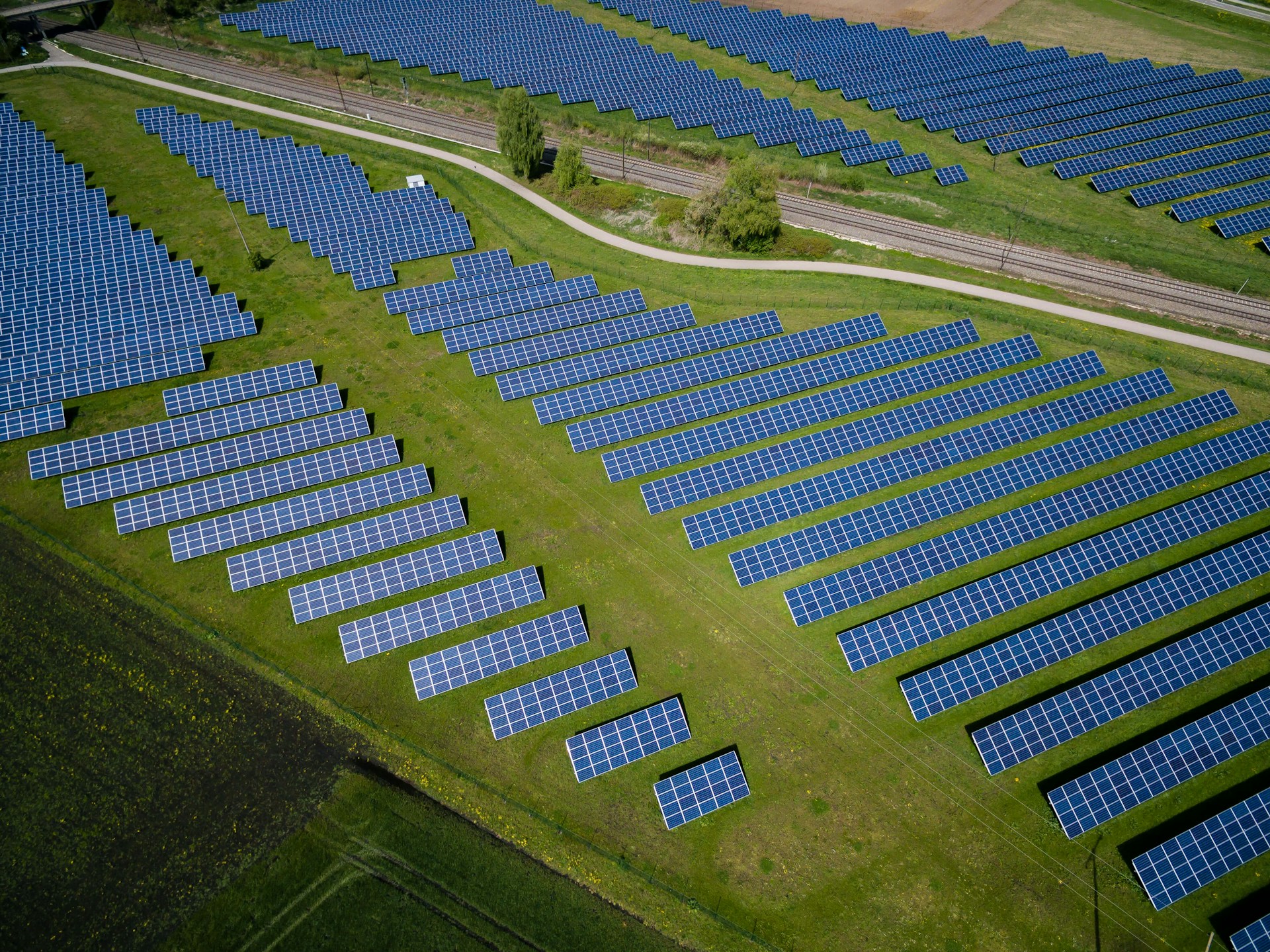Designing the perfect lighting plan for a large garden can be a daunting task, especially when you’re aiming for energy efficiency. With advances in LED technology and increasing awareness about sustainable living, it’s now more possible than ever to have a beautifully lit garden that’s also gentle on the environment and your wallet.
Given the diverse nature of Nottinghamshire, with its picturesque rural landscapes, planning for outdoor lighting requires a careful approach. In this article, you will find a detailed guide on how to design an energy-efficient lighting plan for your garden.
A lire également : How to ensure proper ventilation in a refurbished loft conversion in Edinburgh?
Analyse the Garden Layout
Before delving into the specifics of installing an energy-efficient lighting system, you need to assess the layout of your garden. Understanding the garden’s design is the first step towards creating an effective lighting plan. This involves identifying key features you’d want to highlight, understanding the type of plants in your garden, and considering the overall size of the garden.
You’ll also want to consider the safety aspect of lighting. Certain areas such as pathways, entrances, and steps should be well-lit to avoid accidents. A well-conceived design not only beautifies your garden but also enhances its functionality and safety.
Lire également : What are the key considerations for upgrading plumbing systems in an Edwardian home in Surrey?
Opt for LED Lighting
LED lights have revolutionised outdoor lighting in terms of energy efficiency and durability. Numerous studies support the fact that LED lamps consume less energy and have a longer lifespan compared to traditional incandescent bulbs.
LED lights are versatile and come in an array of styles to complement your garden. They are also known for their excellent light quality, which can create a warm and inviting atmosphere. LED lighting, while having a higher initial cost, proves to be more cost-effective in the long run due to lower energy consumption and increased lifespan.
Install Lights Strategically
Strategic placement of lights can drastically enhance the visual appeal of your garden, while being energy efficient. When installing lights, it’s essential to direct the light only where it’s needed. Excessive or misplaced lighting will not only lead to wasted energy but also create light pollution.
Spotlights can be used to highlight specific features like trees, statues, or water bodies. Path lights, on the other hand, can provide illumination for walkways. You can also consider installing ambient lights for seating areas. Remember to keep the lighting subtle; the aim is to accentuate, not overpower.
Incorporate Lights with Motion Sensors and Timers
Another essential aspect of an energy-efficient lighting plan is the intelligent use of technology. Incorporating motion sensors and timers in your lighting plan can significantly reduce energy consumption.
Motion sensor lights turn on only when they detect movement, making them ideal for areas like the front gate or the garage. This feature not only enhances security but also saves energy as the lights are not continually on.
Timers can be set to turn on the lights at dusk and turn them off at dawn, ensuring that the lights are on only when necessary. This eliminates the possibility of lights being unintentionally left on, leading to unnecessary energy consumption.
Consider Solar Lighting
As households continue to look for more sustainable energy sources, solar lighting has gained popularity. These lights harness the power of sunlight, converting it into electricity to power the lights when the sun goes down.
Solar lights are easy to install as they do not require any wiring. They can be placed anywhere in the garden, provided the area receives enough sunlight during the day. It’s worth noting that the performance of solar lights may be affected by weather conditions, so it’s advisable to have a backup plan for cloudy or rainy days.
Planning an energy-efficient lighting design for a large garden in rural Nottinghamshire, or anywhere for that matter, requires careful thought and consideration. However, with the right approach and the use of efficient lighting options like LED and solar lights, you can create a stunning garden that’s not only pleasing to the eye but also gentle on the environment and your pocket. As you embrace these tips, remember to review your plan regularly to ensure its effectiveness and make necessary adjustments. Stay tuned to our news section for more insights and updates on energy-efficient lighting in the garden.
Explore Energy-Efficient Heat Pumps
An often-overlooked player in energy-efficient garden design is the heat pump. These devices can be used to power features like outdoor heaters or hot tubs. They function by drawing heat from the ground or air, thereby reducing overall energy consumption.
Heat pumps are particularly suitable for large gardens in rural Nottinghamshire due to the abundant outdoor space. When installed correctly, heat pumps are a reliable and energy-efficient solution to maintain the right temperature for your garden’s comfort features.
In terms of energy saving, heat pumps are incredibly efficient because they utilise renewable sources – the air or the ground. They can generate up to three times the energy they consume. Given the current climate change situation, adopting renewable energy sources can significantly reduce carbon emissions.
Consider the fact that the performance of a heat pump is also influenced by the level of insulation in your garden. With that in mind, you may want to incorporate wall insulation into your garden design plan to maximise the heat pump’s efficiency.
Leverage Lighting Control Systems
Lighting control systems are another excellent way to promote energy efficiency in your garden. These systems allow you to control the intensity and duration of your garden’s lighting, thereby reducing energy waste.
An effective lighting control system, coupled with LED lamps, can optimise your garden’s energy consumption. LED lighting alone can save up to 80% more energy compared to traditional light bulbs. On top of that, a well-programmed control system can further cut down energy use by ensuring lights are only used when needed.
Imagine being able to pre-set your garden lighting to turn on as the sun sets, or dims as the night deepens. Such a system can ensure a high-quality lighting experience in your garden while also catering to emergency lighting needs.
The sophistication of these systems can range from simple dimmers to complex sensor-based controls. The latter can detect the presence of people and adjust the lighting accordingly – a perfect solution for large gardens that may not always have occupants.
Conclusion
Designing an energy-efficient lighting plan for a large garden requires a careful balance of aesthetics, safety, and energy conservation. By adopting efficient lighting options like LED lamps, incorporating smart control systems, exploring the use of heat pumps, and considering solar lighting, you can create a beautiful and functional outdoor space that respects the environment and your budget.
As we continue reading into the realities of climate change, it’s increasingly important that we all play a role in reducing carbon emissions. Implementing an energy-efficient garden design is a small but significant step towards this global effort.
Remember, garden lighting isn’t just about visibility; it’s also about creating an ambiance that enhances the beauty of your outdoor space. Stay tuned for more design ideas and updates on energy-efficient lighting in the garden. And, if you’re a low-income household, don’t forget to explore the options that might be available to you for installing energy-saving measures.
With a well-planned and efficient lighting design, your garden can become a magical space that’s not only visually appealing but also environmentally friendly. And that’s a garden worth enjoying.










